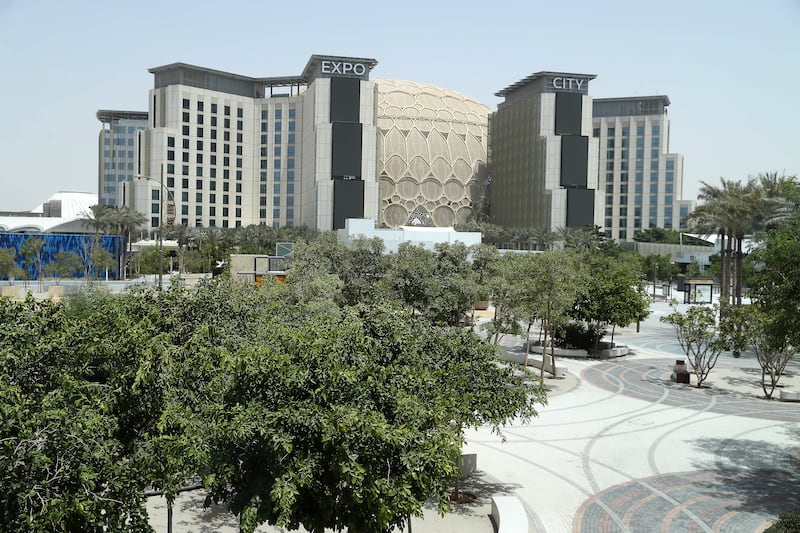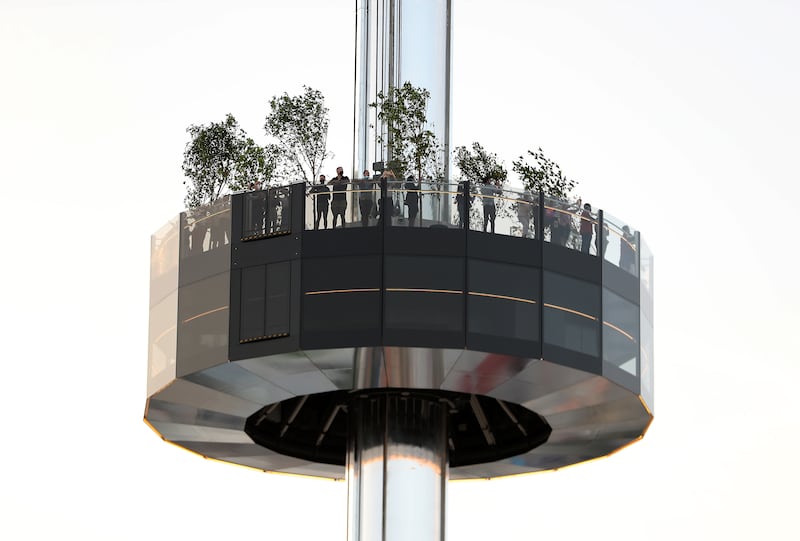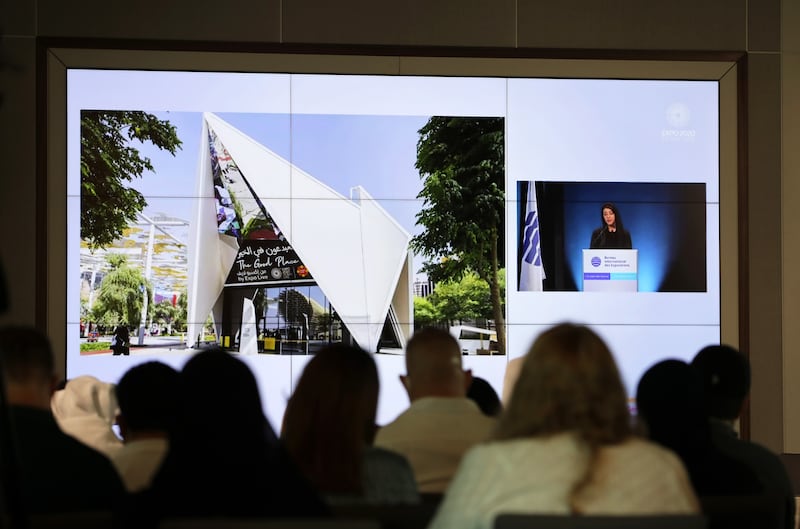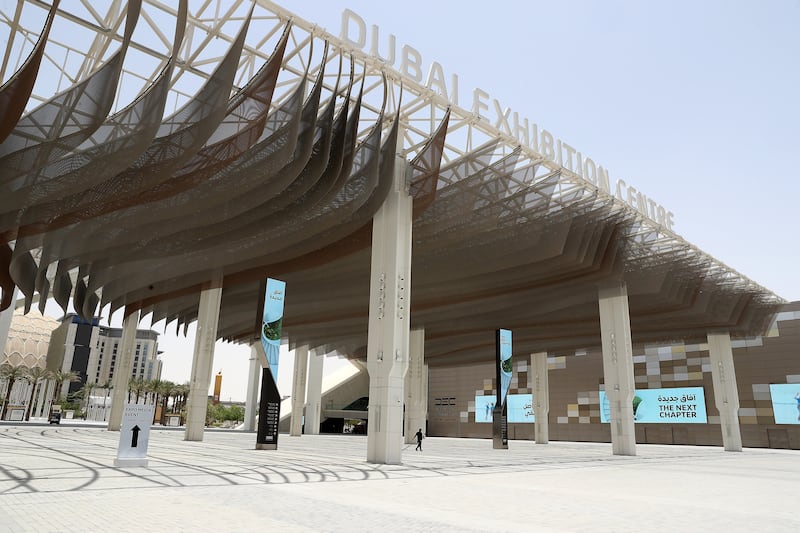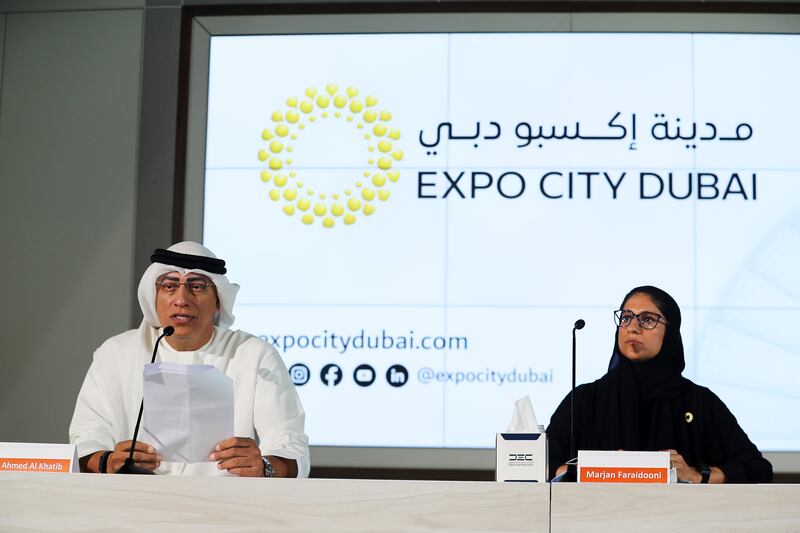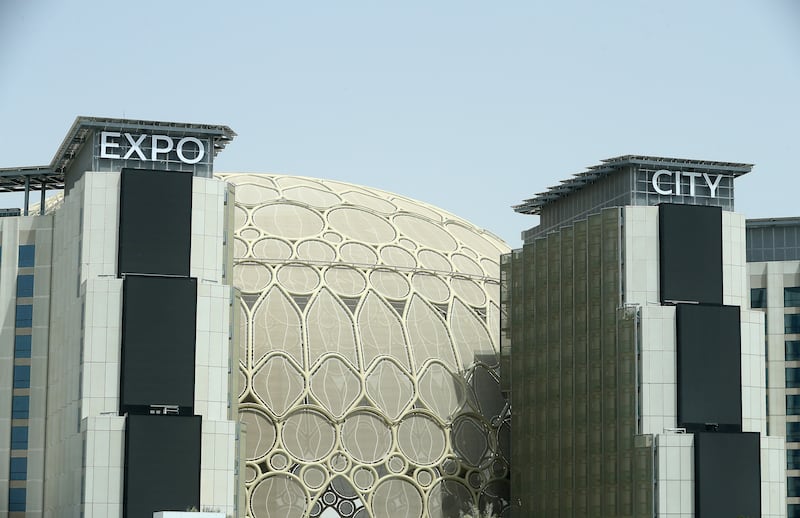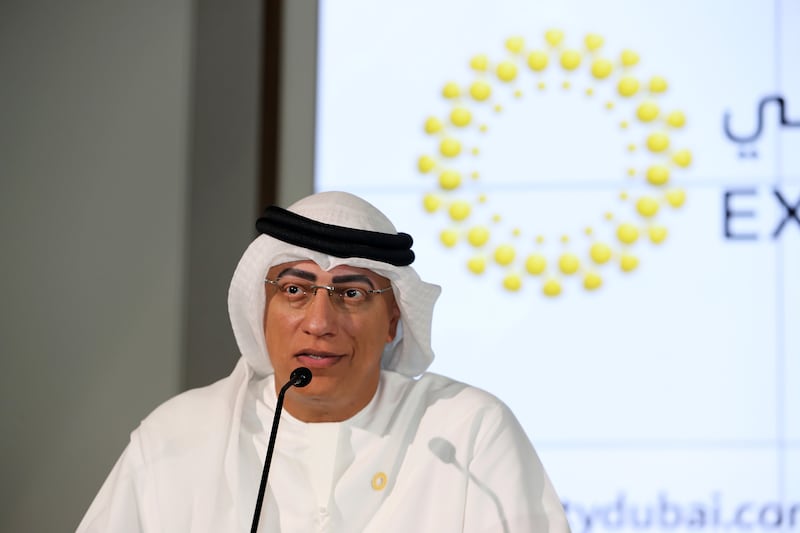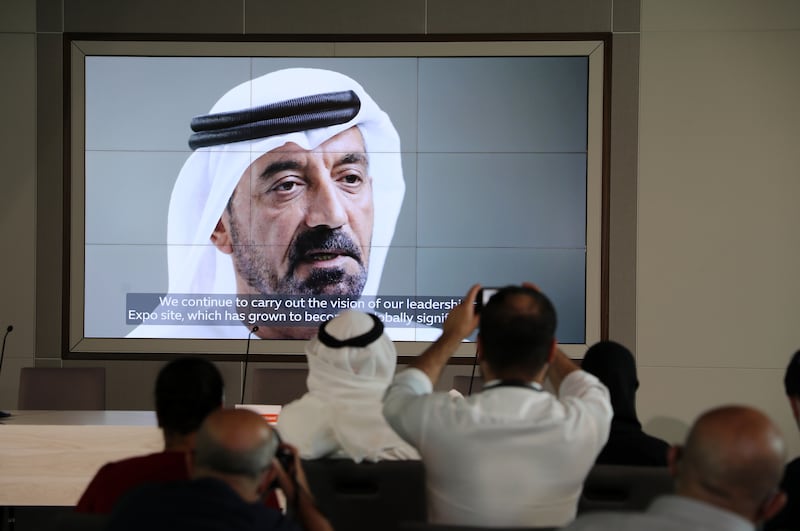For global cities like Dubai, airports are the beating heart that drives their ability to act as centres for international aviation and finance. They are also major employers that are vital to national economic growth.
When Sheikh Mohammed bin Rashid, Vice President and Ruler of Dubai, announced plans this week for a new terminal at Al Maktoum Airport with a total investment of Dh128 billion ($34.8 billion), it became clear that this will not only profoundly affect travel and tourism in an increasingly interconnected Gulf, but will transform the communities that make up this 3.3 million-strong emirate.
Major urban growth and development is expected over the next decades as Dubai expands southwards, and an entire city springs up around the new airport. Demand for residential and commercial real estate in Dubai South and its adjacent areas is certain to rise. However, such development is about more than bricks and mortar – to create sustainable communities, these properties must be held together with the social glue of viable public transport, good schools, shops, clinics and hospitals. That will require focused and co-ordinated planning with a long-term vision for the future.
Dubai has decades of experience in managing rapid urbanisation. Its current 2040 Urban Masterplan is the emirate’s seventh development plan since 1960 and shows that rapid population growth fuelled by economic success – between 1960 and 2020, the population grew from 40,000 to 3.3 million – can become the foundation for a stable and prosperous metropolis.
Dubai Expo City – part of the legacy left by Expo 2020 Dubai – is an example of what can be achieved. The site of the World’s Fair is now a flourishing urban community that has accesses to public transport and a range of amenities. The site also has ambitious plans to be powered entirely by renewable energy. This environmental focus and making Dubai’s urban landscape climate-proof will be critical in the years ahead – the storms and floods that disrupted life in the emirate and the wider UAE this month highlighted the need for robust and resilient urban planning, construction and regulation.
But there are opportunities, too. When another global financial hub, Hong Kong, opened its new international airport in 1998, it was rightly regarded as a considerable logistical feat. The move from Kai Tak Airport, right in the middle of Hong Kong, to a new site 30 kilometres away on the city’s western fringes acted as a driver for development. In terms of transport, new road and rail links were constructed, as well as two new bridges and a third tunnel across Hong Kong’s harbour. The 330-hectare site of the previous airport has become a focal point for redevelopment, underpinning Hong Kong’s economic growth.
In a time of international and regional uncertainty, the audacity of Dubai’s ambitions are a rejoinder to global pessimism. There is no doubt that this plan will have major implications for all those who call the emirate home. The challenge now is to keep the city as innovative, accessible and liveable as it is today.

